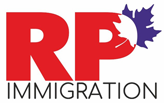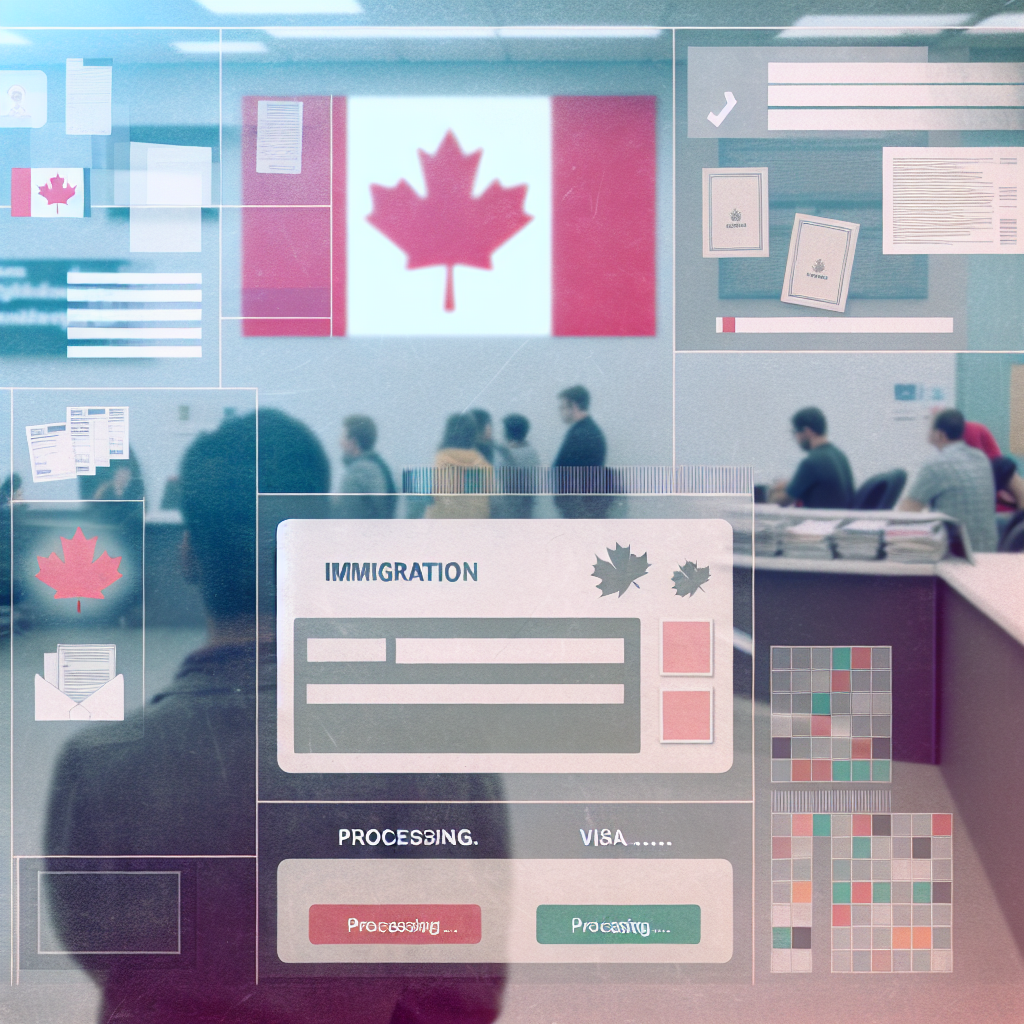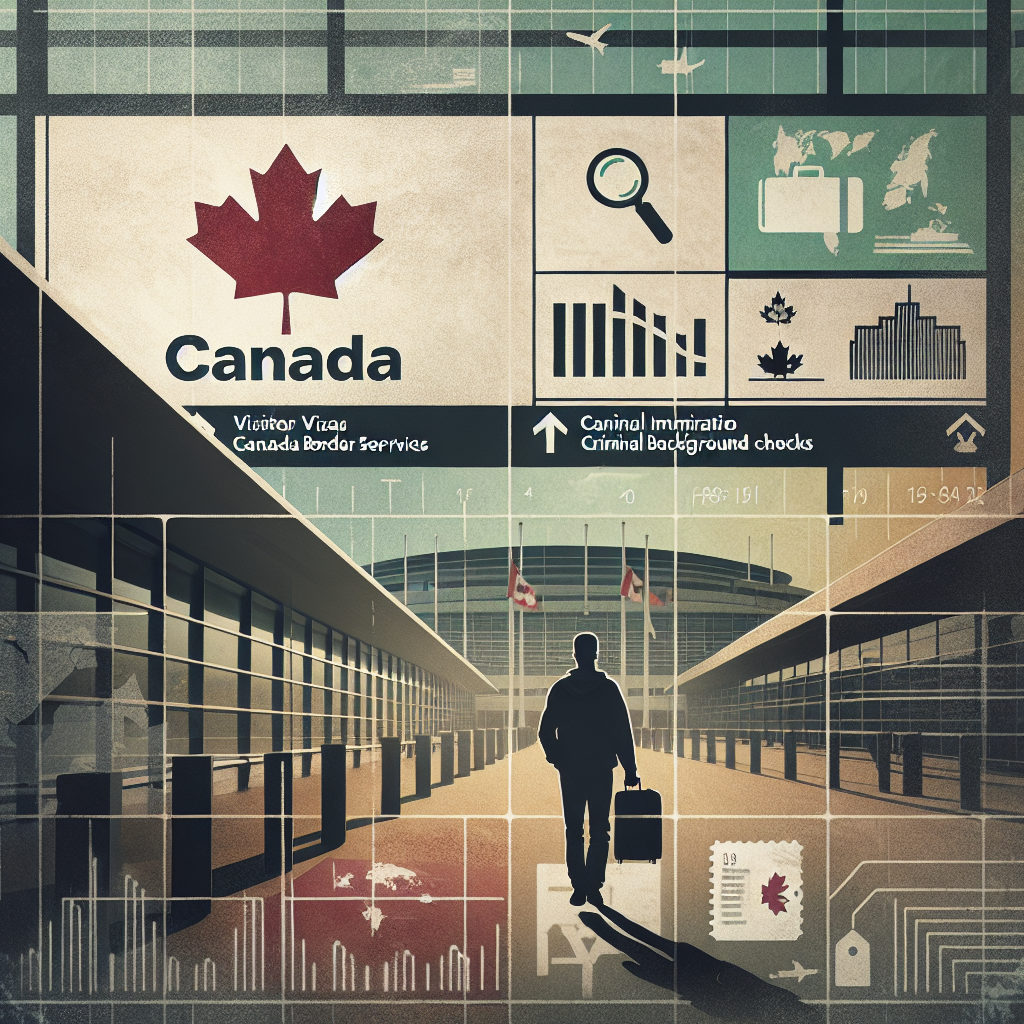Canada has long been a hotspot for international students and temporary foreign workers. Known for its diverse culture, world-class education, and opportunities for growth, it’s no surprise that many people dream of building a life here. But starting in 2024, some big changes are coming to how international students and temporary foreign workers can live, study, and work in Canada. If you’re thinking about coming to Canada or are already here, here’s what you need to know.
Why Is Canada Changing Its Immigration Rules?
Canada’s temporary resident population—people who are not citizens or permanent residents—is growing faster than ever. In 2023, over 800,000 new international students arrived, and 2024 numbers are expected to be even higher. The government says this rapid growth is putting pressure on housing and health care. To make sure immigration benefits both newcomers and the people already living in Canada, the government is introducing new policies.
What’s Changing for International Students?
If you’re planning to study in Canada, here’s how things might look different going forward.
Tighter Admission Rules
Canada is now expecting learning institutions to better support international students. Starting in 2024, provinces and schools will have to meet stricter standards to accept international students. This could include proving students have adequate housing plans before coming to Canada.
New Recognized Institution Framework
By fall 2024, a “recognized institution” model will kick in. Under this, only schools that meet high standards for supporting international students will get priority when it comes to processing study permits. Think of it like a VIP list—schools that provide great services (like tutoring or housing help) get faster approvals.
Better Transitions to Work
The government also wants to help genuine students transition to work more easily after their studies. There may be changes in the Post-Graduation Work Permit (PGWP) program to better align it with economic needs. For example, students graduating from programs that are in-demand in Canada might get longer permits.
What About Temporary Foreign Workers?
Temporary foreign workers are crucial for many sectors like agriculture, healthcare, and hospitality. But balancing the need for workers with the protection of Canadians’ jobs is key. Here’s what’s coming in 2024 for foreign workers:
More Controlled Access
Employers will need to show even more clearly that they’ve tried to hire Canadians before turning to foreign workers. This could mean fewer permits in areas where local workers are available.
Employer Accountability
There’s a big push for fairness. Employers hiring temporary foreign workers will be under more scrutiny. They’ll need to prove they offer safe, well-paying jobs and respect worker rights. Think of it as a background check before hiring a foreign worker.
Why These Changes Matter to You
If you’re an international student or a foreign worker dreaming of life in Canada, these changes might feel a bit overwhelming. But here’s the upside: the reforms aim to make immigration smarter and fairer. Canada wants people to succeed, not just show up and struggle.
- Students: You’ll benefit from more supportive schools and potentially faster application speeds—if you choose the right school.
- Workers: You’ll see more protections and better job quality if you’re coming through official channels.
It’s all about making sure you’re set up to do well—not just survive, but thrive.
Planning to Come to Canada? Start Preparing Now
If Canada is on your radar for the coming years, this is the time to get your plans in order. Do your homework about which schools are preparing to meet the new recognized institution standards. If you’re a worker, look for opportunities that match Canada’s labor shortages—for example, in health care or skilled trades.
And always make sure you’re dealing with licensed immigration consultants or checking directly with Canadian government websites. There are too many scams out there promising easy entry—they’re not worth the risk.
The Bottom Line: Change Brings Opportunity
Sure, change can be stressful—but it often brings growth. Canada is making these adjustments because it wants to continue being a top destination for talent around the world. By raising standards and setting clearer rules, the country hopes to create better results for everyone.
If you’re ready to study or work in Canada, stay informed, stay prepared, and look at these updates as a roadmap to long-term success.
Bookmark this page or share it with someone who’s dreaming of Canada too. We’ll keep you updated as new policies unfold in 2024 and beyond.
Keywords: Canada immigration changes 2024, international students in Canada, study permit rules Canada, temporary foreign workers Canada 2024, Post-Graduation Work Permit reforms











